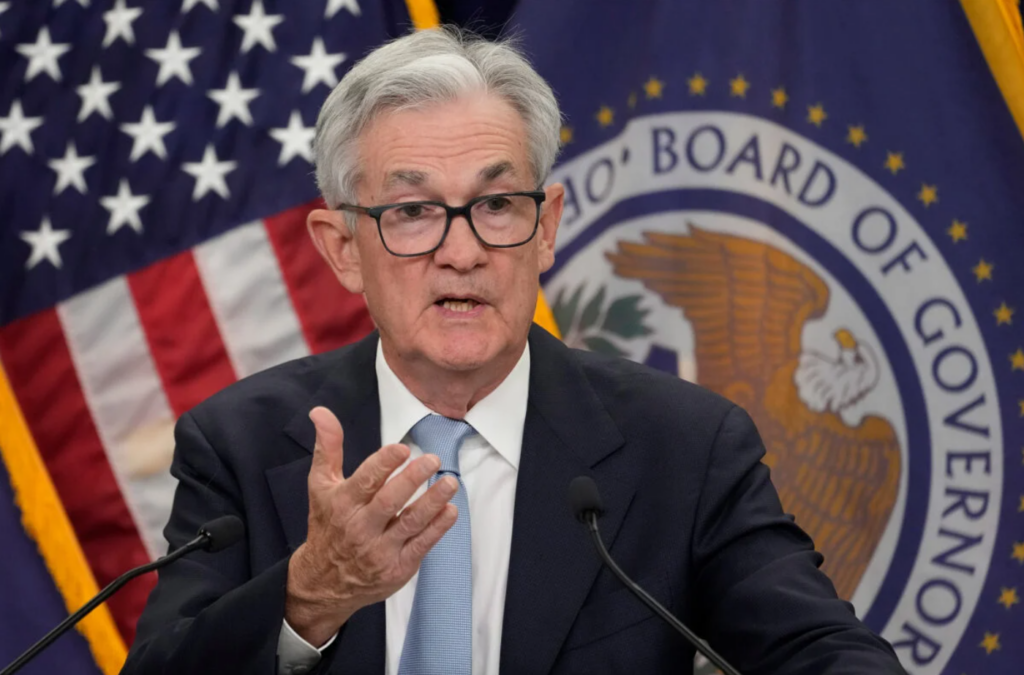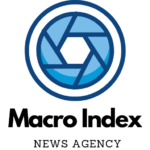
It’s déjà vu all over again for the US Federal Reserve, to quote Yogi Berra. Just a month after raising rates amidst the smoldering ruins of the Silicon Valley Bank implosion, the US central bank is faced with an old dilemma: keep rates steady and let inflation wreak havoc, or risk more bank failures.
On May 2, a day after the struggling First Republic Bank was sold to JPMorgan Chase in government-brokered negotiations, the Federal Open Market Committee, led by Fed chair Jerome Powell, will begin its two-day meeting.
Just over a month after the third-largest collapse (SVB), the second-largest bank failure in US history occurred. There have been three of the four largest bank failures ever in the past two months.
Oh, to be alive at this time.
First Republic Bank is seen as the latest victim of the Federal Reserve’s effort to tighten monetary policy. As interest rates increased, the value of its $227 billion in bonds and loans began to decline. Simultaneously, savers started looking for places with higher interest rates to deposit their money. Speculation about the stability of smaller US banks has added fuel to the fire, putting pressure on the lender from all sides.
Many economists are calling for the Federal Reserve to pause its aggressive rate hiking cycle because it is having a negative impact on numerous industries, from commercial real estate to consumer spending.
The Federal Reserve is widely expected to raise interest rates by 25 basis points on May 3, bringing the policy rate to its highest level since 2007. The rate had been at zero for just over a year before to this.

The numbers provide strong support for a further 25-basis-point raise at the May 2-3 meeting and may convince some Fed policymakers that rates are still too low. Bloomberg LP’s Chief US Economist Anna Wong stated, “Our baseline is for the Fed to go on an extended pause after next week’s hike, but we now see a growing risk that they may need to do more.”
Global Confusions
The Fed’s preferred estimate of underlying inflation, the personal consumption expenditures price index excluding food and energy, rose 4.6% from a year earlier in March, according to statistics released by the Commerce Department last week.
Total retail inflation for the month was 5% YoY, continuing its recent downward trend but remaining well above the Fed’s unmovable target of 2%.
The increase in employment costs reported by the Labor Department of 1.2% over the previous quarter was unexpected but keenly monitored by the central bank.
Although a hike is expected, market participants will be listening to Powell’s speech for any hints that the Fed will switch to a pause (or, better yet, a cut) in June.

We anticipate that the Federal Reserve will stick with its data-dependent policy and reiterate that rate reduction in 2023 are not included in its baseline projections. IFA Global Research stated in a report that the Fed would have done its job properly if markets priced out the two rate cuts they are now pricing in for 2023.
Credit Suisse Wealth Management India’s Director-Global Investment Management Jitendra Gohil predicts the Federal Reserve will boost interest rates in May and maintain them high for a longer period of time than the market anticipates.
As inflationary pressure is likely to remain under control due to base effect and slowing global growth, we anticipate that once the Fed pauses, the RBI will have room to cut rates in the second half of FY24. Therefore, we continue to advise buying dips in the market in anticipation of a second-half rebound,” he said.
Please see this related article by Jitendra Gohil of Credit Suisse: Nifty value reasonable, but not cheap enough to go overweight now.
Gohil also noted that foreign portfolio investors (FPIs) will be more likely to purchase Indian shares after the Fed stops, due to India’s appealing long-term potential.
Therefore, Wall Street will be paying close attention to the Federal Reserve’s policy meeting in May.
It’s important to recall that Fed officials have lately said that 5.25% to 5.25% will be the peak interest rate, although past history has taught us to take such predictions with a grain of salt.
In fact, Powell’s now-famous “Our banking system is sound and resilient” opened the March post-policy press conference.
